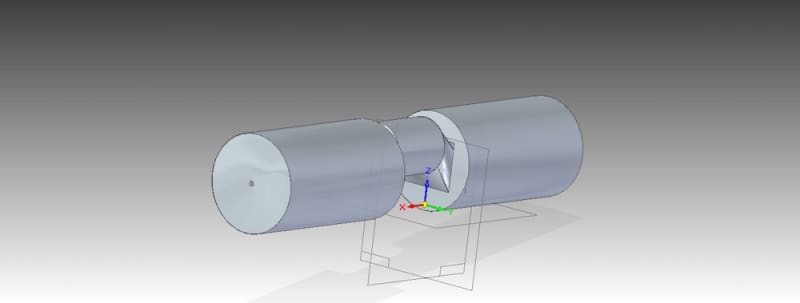Conventional internal combustion engines have their displacement fixed. My project is to make an engine which can have a variable displacement due to which power can be optimized as required. After some studies I have concluded that a 4 cylinder engine can vary its capacity from 1.7 L to 2.1 L. The main idea behind this is to save fuel without compromising the power and hence meet today’s requirement of people who want powerful machines that at the same time should be efficient.
Previously attempts has been made to implement a concept like this. The military vehicles which had v8 engines were provided with a mechanism that cut off the supply of fuel from some cylinder which ultimately reduces power and hence saves fuel. But the problem with that type of system is there were frictional losses and the fuel saving was not much.
There are two methods of changing engine capacity which we can see from the formula of a cylinder ie- V=3.14r^2* h*n we can change the volume of cylinder by either changing the cylinder radius or by changing height which in our case is known as stroke length. What I’m doing is changing the stroke length as changing diameter is not possible in a real time running engine. So after doing that we have to change the stroke length the problem is how to change it and the compression ratio will also be altered if we do so. Therefore a new mechanism has to be implemented to overcome these 2 problems. To change the stroke length we have to change the crank radius and so i have designed hydraulic crankshaft which can change the crank radius. Now if we change stroke length compression ratio will be changed so after studying mechanism which are available in market i have selected mce-5 engine technique, we can change the compression ratio and here we are using this so that compression ratio does not change when we change crank radius.
So by combining both method we can get power when needed and engine becomes 2.1 L and when it is not required 1.7 L will cruise the car at low power and less fuel consumption and according to studies only 30% of power produced is utilized in moving, so by running any engine on full load condition we can get maximum efficiency.
The hydraulic crankshaft will be consisting of 3 different part assembly.
Video
Like this entry?
-
About the Entrant
- Name:Utkarsh Suthar
- Type of entry:individual
- Software used for this entry:solid edge st5
- Patent status:pending








